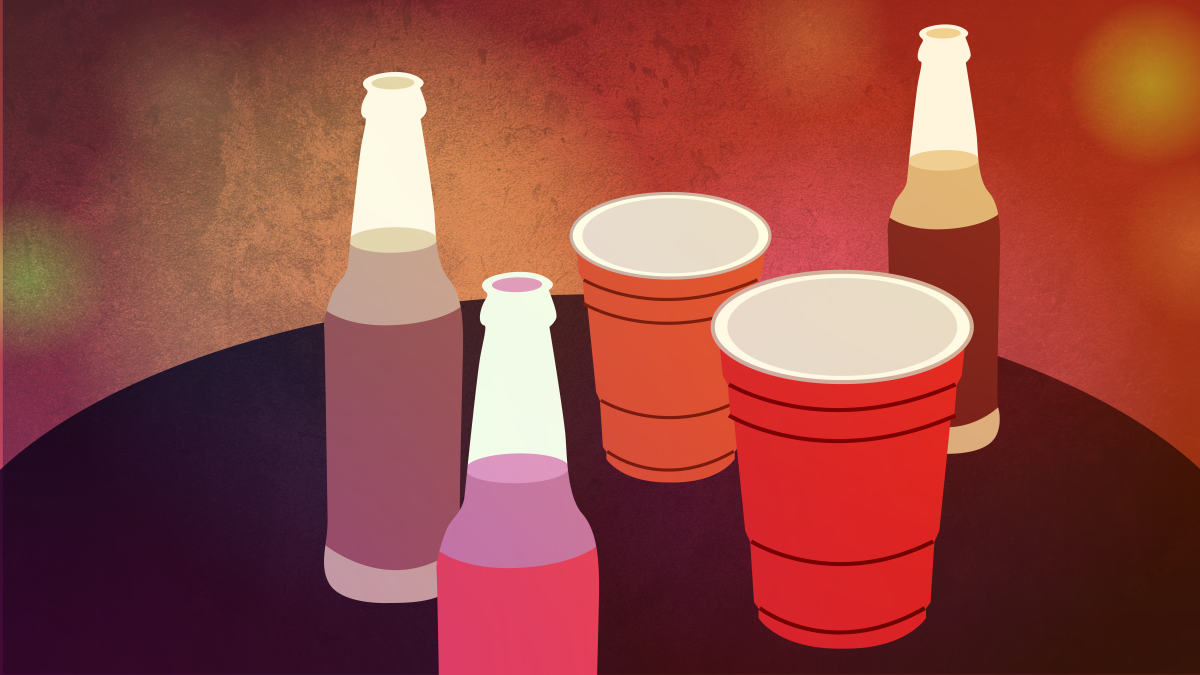Editor’s Note: This article contains references to drugs and sexual violence.
Don’t take your eyes off your drink. If you do, get a new one. You know the warnings about attending parties and social events in college. Fun and games can quickly turn into life-altering situations when alcohol is involved.
You’ve likely heard of the term roofie before. It is a nickname for Rohypnol, a central nervous system depressant often present in sexual assault crimes. The drug has no flavor or odor and is typically administered without the victim’s knowledge via spiking. Spiking or lacing a drink describes the occurrence where an individual’s drink is nonconsensually contaminated with a substance.
A study from the University of South Carolina reported that 22% of respondents said they had been nonconsensually drugged while attending the university. 70% of respondents knew someone who had their drink spiked, and a staggering 18% of respondents knew four or more people who had their drinks spiked.
Rohypnol and GHB — another drug commonly used to spike drinks — are only detectable for 10-60 hours after ingestion. Most sexual assault crimes are not reported, let alone reported within three days of the incident, so there is very little data on these substances, especially as it relates to their presence in drug-facilitated sexual assault. In a survey conducted by American Addiction Centers, 52% of men and 62% of women did not report the person responsible for spiking their drink.
Roofies are dangerous for many reasons, but due to their overlap in situations where alcohol is involved, symptoms of a roofie can be easily misconstrued for severe intoxication. In both cases, medical attention should be sought out. The survey from American Addiction Centers found that only 15% of respondents intervened and aided them to safety. There’s no point in risking your life or the life of a friend because you “aren’t sure if it’s actually that bad.” If you are questioning whether you or your friends are safe, decidedly, you all are not.
Rohypnol side effects begin to present themselves 15-20 minutes after ingestion. If your drink has been roofied, it might taste a bit salty or appear cloudier than when it was first poured. If you weren’t consuming a carbonated drink, look out for any bubbles. Extreme drowsiness is also an overarching symptom when someone has been roofied. Once again, this can be confused with intoxication, so it’s important to avoid binge drinking, especially in an unfamiliar environment.
I want to emphasize that though there is absolutely no excuse for lacing someone’s drink, there are ways to protect yourself and your friends from the harms associated with participating in nightlife while in college.
According to the survey from the University of South Carolina, 60% of students reported they had been drugged while going out in their nightlife district, Five Points. 67% reported they knew someone who had been drugged in Five Points. These numbers are staggering, considering these instances are taking place in businesses subject to Alcohol Enforcement laws. What’s to say of the private property where a considerable amount of partying in college occurs?
Last spring, there was a report of a woman and her friend who found themselves in critical condition after a night on Glenwood Avenue. The EMTs had to use narcan to revive the two girls. The girls suspect they were drugged using fentanyl. Wake Forest police responded to the scene but did not follow-up with a report since the incident took place in Raleigh.
One thing is certain regardless of location — roofies are a considerable threat to the safety of students in a major transition period of life. The various stressors placed on students, especially freshman establishing themselves in a new environment unfortunately can lead to reckless behavior, drinking included.
If you decide to engage in nightlife on campus or elsewhere, know the symptoms to watch out for, and keep a close eye on your friends.














